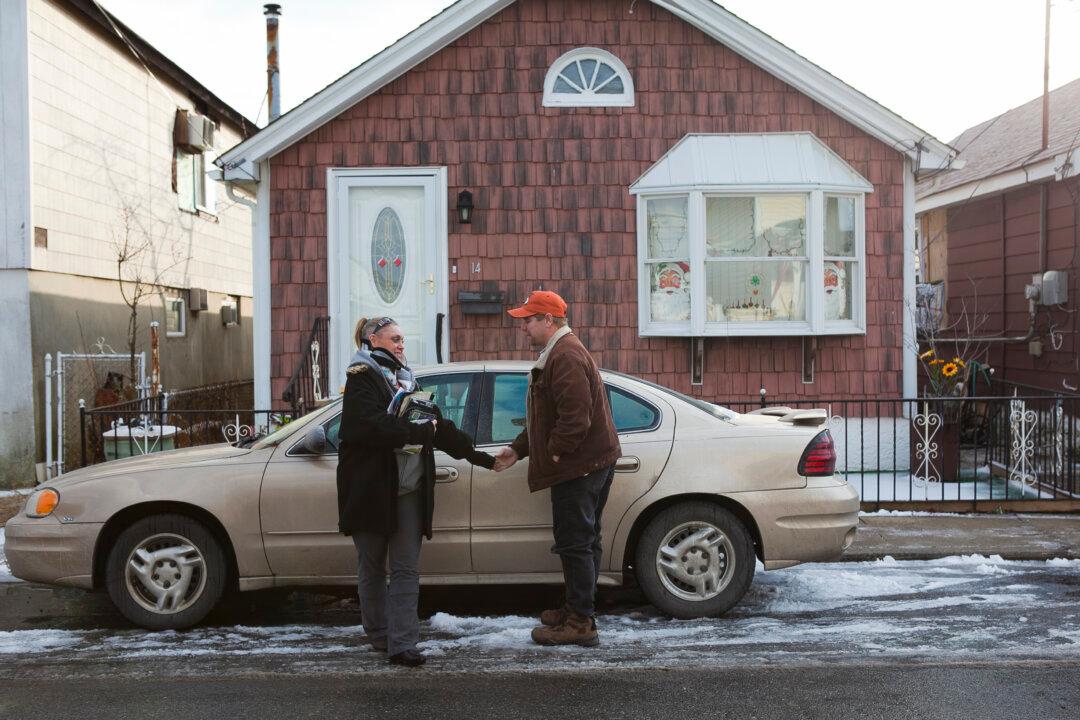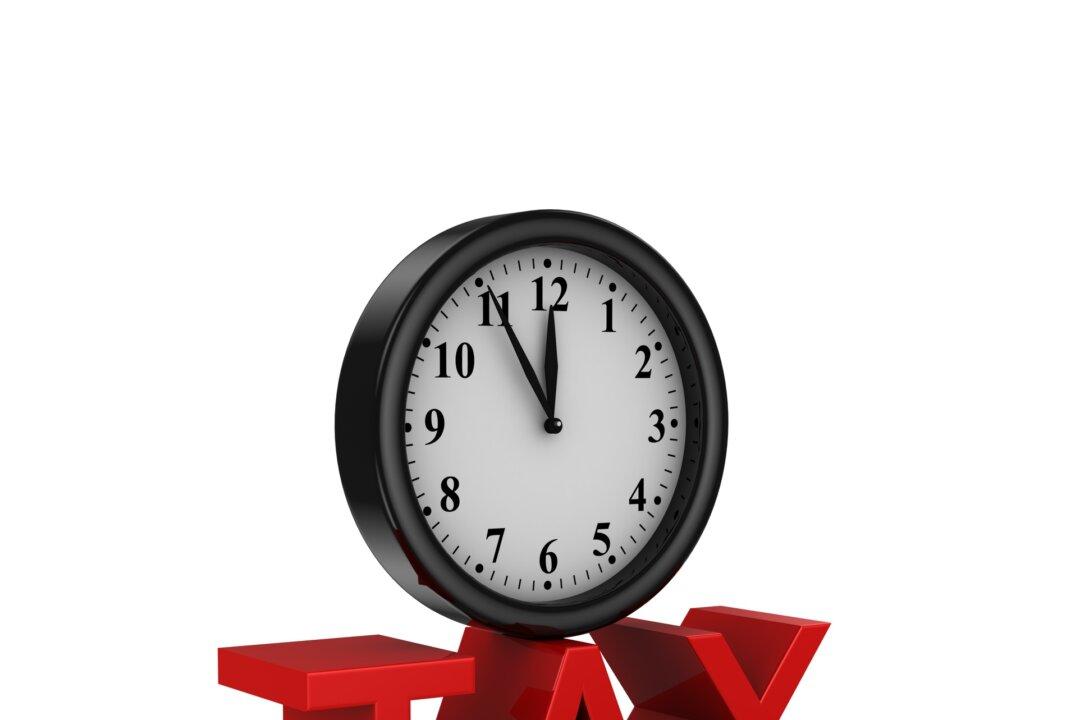There’s a cardinal rule for making RRSP withdrawals before maturity: Don’t!
The tax hit on withdrawals has always been a huge obstacle to using your RRSP as a source of cash. However, at times, your RRSP can make a “loan” to you, rather than an actual withdrawal. The Home Buyers’ Plan (HBP), which lets you access RRSP funds to put towards a home purchase, is one such case. Here’s how it works.



